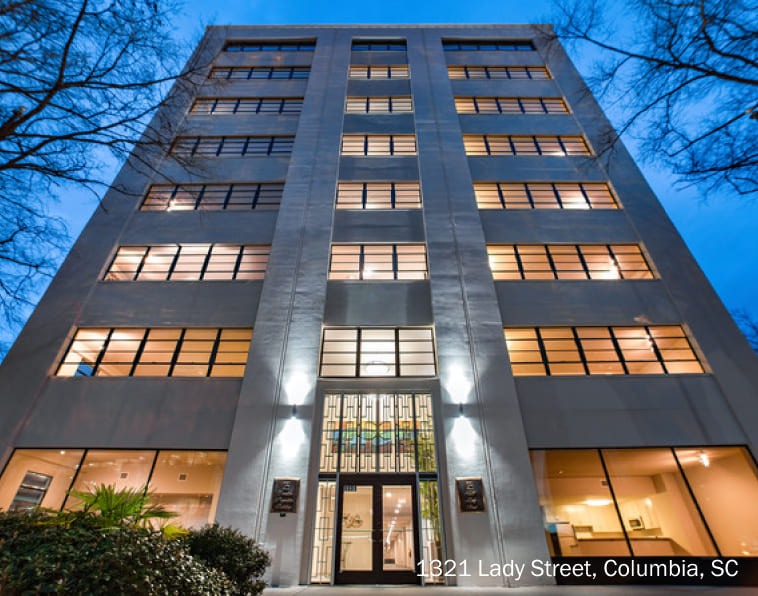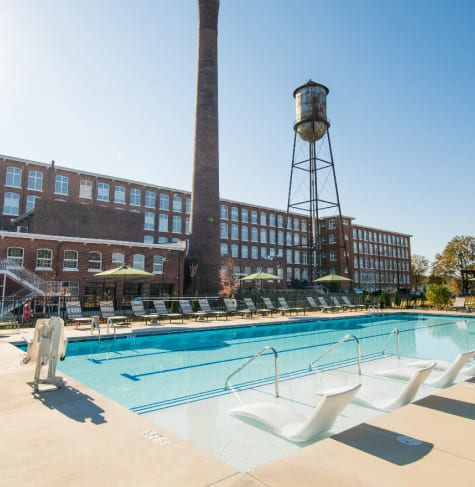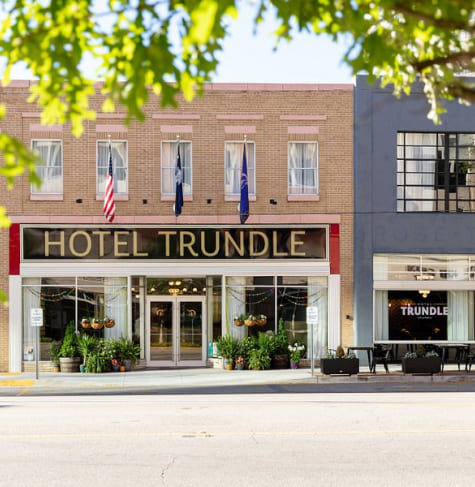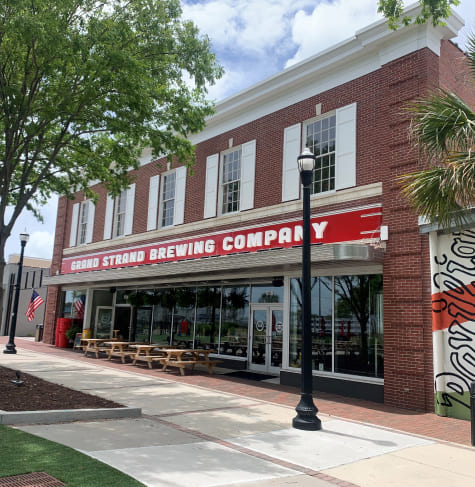Hotel Trundle and Boudreaux artfully combined three separate buildings from three eras into two distinctive spaces. Occupying both levels of the Western Auto and Rose-Talbert Paints as well as the first floor of the Powell Furniture Building, Hotel Trundle capitalized on the unique character of each building to inform its design, while creating a cohesive vision for the hotel. The Powell Furniture Building retained the pressed tin ceilings, removed the non-historic exterior paint, restored the original storefront design, and creatively incorporated hotel rooms with lower ceiling heights to maintain the full height of the historic mercantile space. At Western Auto, the original baked enamel exterior sign was wrapped in vinyl to retain a prominent feature while advertising the building’s new use. Original windows and exposed metal decking on the second floor remained while the first floor retained the highly finished appearance of a 1940s commercial building. The iconic Modern tripartite window on the second floor of Rose-Talbert Paints was carefully restored while a new second floor addition, which was not visible from the street, added additional rooms. The asymmetrical storefront, complete with pigmented structural glass, was restored on the building’s façade. Boudreaux’s second floor office in the Powell Furniture Building retained the pressed tin ceilings, hardwood floors, and signature row of columns down the center of the building.





